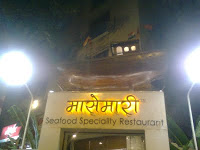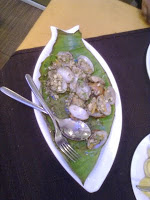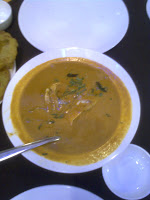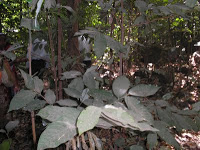Recently I attended a very interesting lecture organised by a prominent Marriage Bureau that was meant to throw some light on ‘horoscope matching’ that is almost always done prior to arranged marriages. The auditorium was full– with people standing in the aisles and corridors outside to hear what the expert (a famous astrologer appearing on TV shows) had to say.
The aim was to get answers to some questions like:
What exactly is horoscope matching? Is simply counting the गूण (loosely translated as ‘points’) sufficient? Is it sufficient to match the moon sign, नकक्षत्र (nakshatra– constellation ) नाडी (nadi) ? What about the dreaded मंगळ (Manglik) or सगोत्र (sagotra- same gotra)?
The net take away for me was as follows:
- First and foremost, people match horoscopes to eliminate ‘risks’.
Does this mean those with perfectly matching horoscopes face zero troubles in life with smooth sailing all around? I have not got an answer to this question… Further, people with who do not believe in horoscopes or do not want to match them are suspected to have ‘something’ to hide!
- Verify if the horoscope has been ‘made’ correctly. Currently available computer-generated horoscopes are acceptable. For this one has to provide date, time and place of birth.
This raises some more doubts. Often people ‘manage’ horoscopes so that they match with the one of the desirable bride or groom. The expert at the above event said that it is possible to do so and very difficult to spot the ‘managed’ (hence fraud) horoscope.
We depend on the hospital staff to tell us the time of birth. A doctor has told me that no staff in a delivery room has their eyes fixed on the clock at the critical period of the child’s birth. They obviously have better things to do…
Hence what we consider as the precise time of birth, may be slightly different by a few minutes. Further what can be defined as the precise time: the time when the head is delivered or when the baby cries or when the umbilical cord is cut?
Often clashes between mother-in-law and daughter-in-law can cause marriages to break. Then should their horoscopes be matched as well?
The expert did not shed light on these vital points.
- Parents (its usually them who insist on matching horoscopes) fall into three categories: 1) Do not believe in horoscopes hence do not match (very very few in number), 2) Get horoscopes matched from a astrologer and 3) those who do a जुजबी (loosely translated as cursory) matching.
Its the third category that is most dangerous. Using a ready reckoner or simply focusing on a few elements to ‘decide’ weather or not to go ahead with a proposal is like losing out on a diamond!
Like most sciences, in astrology too, there are things beyond tallying points which only experienced experts can interpret. Even an unfavourable or less favourable position of a star or planet may be offset by other star/planet positions in that horoscope or in the one to be matched. There is nothing to fear in the मंगळ or other so called dreaded नाडी provided one ‘studies’ the horoscope in its totality and practically.
The expert gave practical explainations and solutions to some of these misconceptions.
- Those who do wish to match horoscopes must consult an experienced astrologer for the same. Of course it means paying his/her fees which can be a barrier. To save this money, people resort to half-baked, self-taught, haphazard matching with insufficient knowledge that cause them to ‘miss’ out on a perfectly suitable groom or bride or worse still: end up overlooking some vital ‘mismatches’…
One of the speakers at the above lecture gave some very practical advice when seeking a bride or groom. Go ahead and match horoscopes if you believe in them but do consider the following:
Values, Lifestyles and Financial background of the two families and the children.
Its absolutely vital that these match or are compatible for a successful marriage. The young couple must have similar aspirations and values. As he said, being against corruption does not simply mean going on a candlelight march and then submitting a falsely inflated travel bill in the office!
Further, these days, parents are extra sensitive about their children (हळवे). Let us remember that if our upbringing has been correct, our children should be able to take decisions independently and take responsibility for their decisions.
There are several programs on TV or even print articles about matching horoscopes for marriage. In this case one size does not fit all. If horoscopes do match one cannot simply sit back and behave as one wills. The concerned couple and their families must understand that making their marriage succeed is an ongoing process that needs constant efforts.
In cases of so called ‘love’ marriages or intercaste, intercommunity marriages, parents do forgo matching horoscopes and yet we do find that these are happy successful families contributing to society and economy.
In these modern times, the final decision must be based on scientific and practical grounds and solutions found and acted upon accordingly. Laboratories like Golwilkar Metropolis in Pune offer Pre-Marital Blood tests (for HIV, Rh compatibility, Hepatitis, Thalassemia etc). Would this be a more scientific approach to pre-maritial screening? (I do not hold any stake in the mentioned Path lab. I just happened to see their brochure hence this mention. Others may offer the same as well!!)
This post will not change a person’s attitude, its not meant to. However if it can stimulate the reader to honestly assess their reasons to match horoscopes, I have succeeded!
Take care!
Archana






